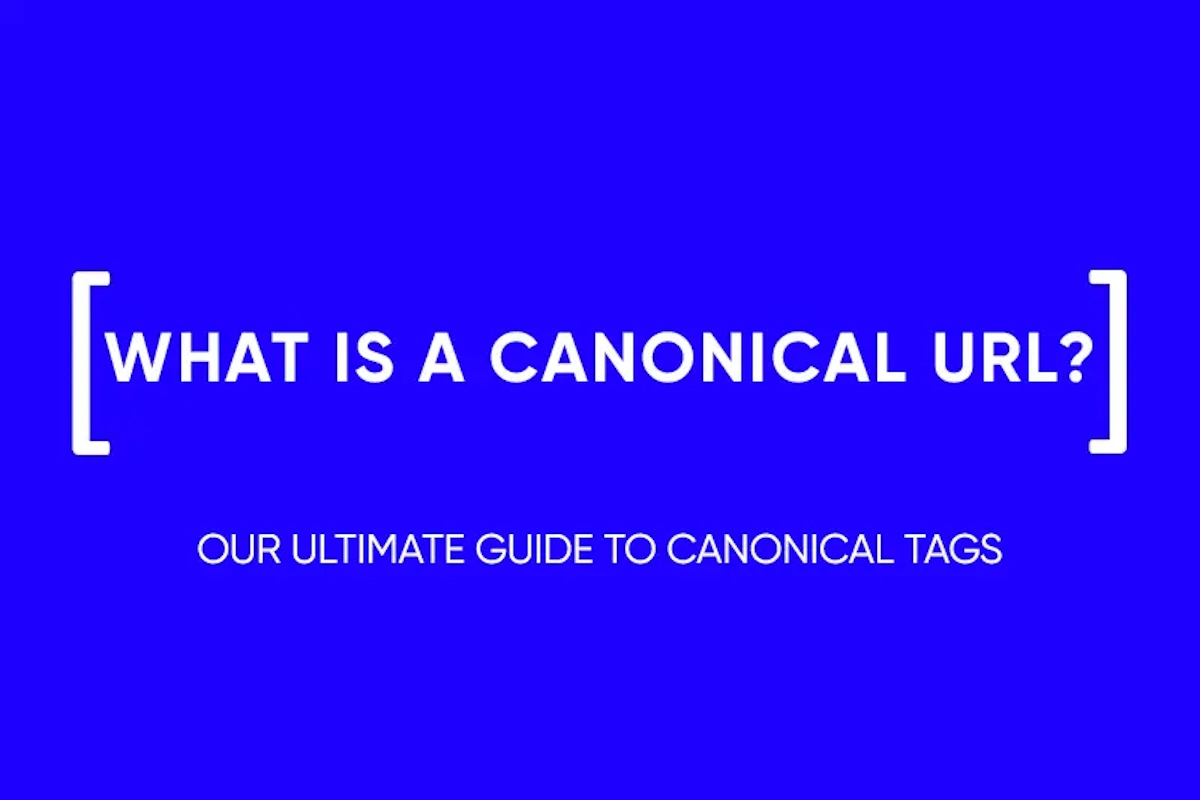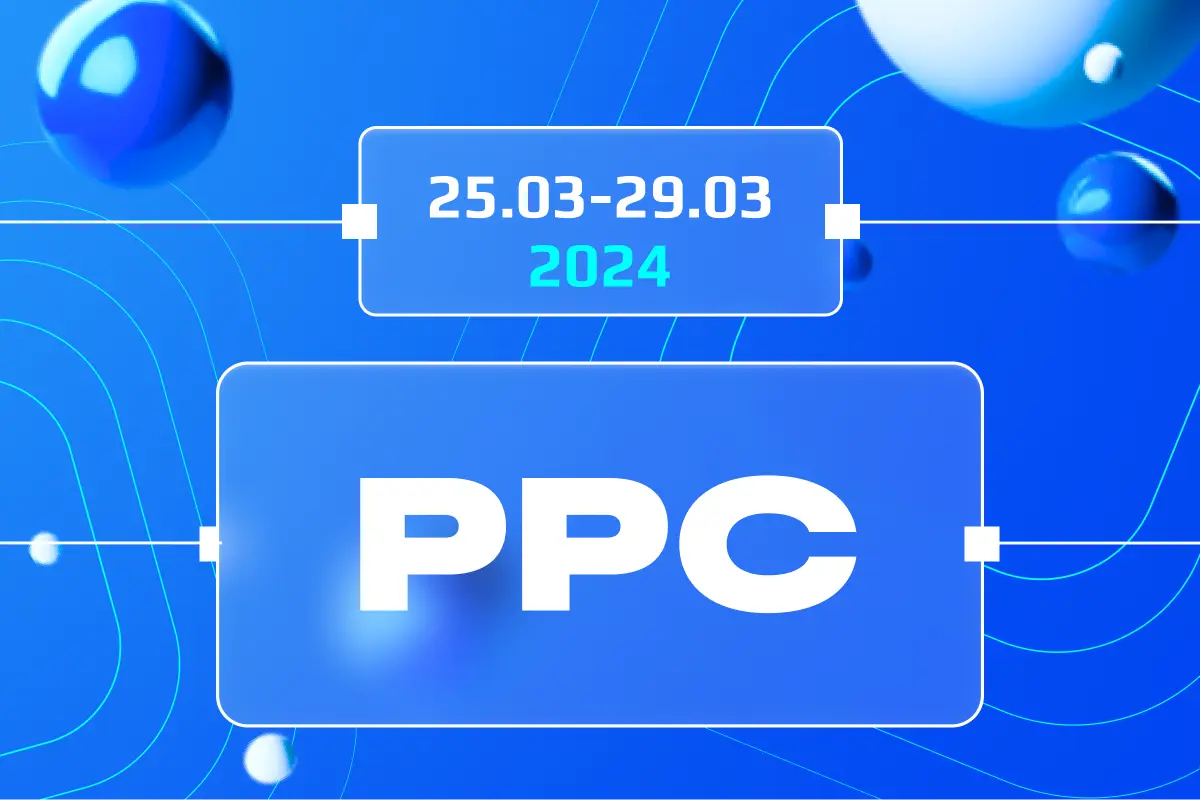What is click-through rate (CTR)?
What Is Click-Through Rate (CTR)?
Click-through rate (CTR) stands as a fundamental metric within the digital marketing landscape, quantifying the ratio of users who click on a specific link to the total number of users who view a page, email, or advertisement. This measurement is pivotal, serving as a direct indicator of an ad’s effectiveness and its ability to engage potential customers. By analyzing CTR, marketers gain insights into how well their content resonates with their target audience, enabling them to refine strategies and optimize ad performance. In essence, CTR not only measures the immediate response to an ad but also reflects the ad’s relevance and appeal to its intended audience.
How to Calculate the Click-Through Rate
Calculating CTR is straightforward, relying on a simple formula that divides the number of clicks an ad receives by the number of times the ad is shown (impressions), then multiplying the result by 100 to express it as a percentage. This process offers a clear view of the ad’s efficiency in capturing users’ attention and encouraging them to take the desired action, such as visiting a website or making a purchase.

This formula provides a quantitative assessment of an ad’s performance, offering vital feedback on its ability to engage viewers. A higher CTR indicates a more effective ad, signifying that a larger proportion of viewers found the ad compelling enough to click through. Conversely, a lower CTR suggests the need for improvement in the ad’s design, content, or targeting to better align with the interests and needs of its intended audience.
What Is a Good CTR?
Determining a “good” click-through rate (CTR) is subjective and varies across different industries, platforms, and campaigns. Generally, a good CTR indicates that an advertisement is relevant and appealing to its target audience. For search ads, an average CTR might range between 1-2%, while for display ads, a rate closer to 0.35% is common. However, these benchmarks can fluctuate significantly depending on the context, including the ad’s positioning, the competitiveness of the keyword, and the specificity of the target audience. Achieving a high CTR is desirable, as it suggests that the ad content is effectively engaging users and driving them to take action.

How CTR Impacts Ad Rank?
CTR plays a crucial role in determining an ad’s rank on search engines. Ad rank decides the position of an ad on a search engine results page (SERP), with a higher rank giving the ad more visibility. Platforms like Google use CTR as an indicator of ad relevance and quality, reasoning that ads with higher CTRs are more effective in meeting user needs. Consequently, ads with higher CTRs may enjoy higher ad positions even if they bid lower than their competitors, emphasizing the importance of creating engaging and pertinent ad content.
How CTR Impacts Quality Score?
Quality Score is a metric used by search engines to assess the relevance and quality of your ads and keywords. It affects both your ad’s placement and the cost per click (CPC). CTR is a critical component of Quality Score, as a higher CTR indicates that users find the ad relevant, leading to a higher Quality Score. Ads with higher Quality Scores are rewarded with lower CPCs and better ad placement, making CTR optimization essential for cost-effective and successful advertising campaigns.
When a Low CTR Is OK?

While a high CTR is generally sought after, there are circumstances where a lower CTR is acceptable or even expected. For instance, highly targeted campaigns aiming at a niche audience may yield a lower CTR, as the ad is shown to fewer users but is more relevant to those it reaches. Additionally, in brand awareness campaigns, the main objective might be visibility rather than immediate clicks, resulting in a lower CTR. In these contexts, other metrics, such as conversion rate or engagement rate, may offer more insight into the campaign’s success than CTR alone. Understanding the specific goals of your advertising campaign is crucial to accurately assessing the significance of CTR within its broader context.
4 Tips to Improve CTR
Improving your click-through rate (CTR) can significantly enhance the effectiveness of your digital marketing campaigns. Here are four actionable tips:
- Optimize Ad Copy: Craft compelling, clear, and relevant ad copy that speaks directly to your target audience’s needs and interests. Use strong call-to-actions (CTAs) to encourage clicks. Understanding the nuances of CPC vs CPM Bidding can also inform your ad copy strategy by choosing the right bidding method for your campaign objectives.
- Use High-Quality Visuals: Incorporate eye-catching images or videos to make your ads stand out. Visuals should be relevant to the ad copy and resonate with your audience.
- Target Precisely: Utilize targeting options to ensure your ads are shown to the most relevant audience. This includes geographic, demographic, and behavioral targeting. Enhance your targeting strategy by conducting a Website Competitor Analysis, which can provide insights into the audience segments your competitors are successfully engaging.
- Test and Refine: Continuously A/B test different elements of your ads, including the copy, visuals, and targeting criteria. Use the insights gained to refine and improve future campaigns. This iterative process is a cornerstone of a strategic Marketing Plan.
Market to Your Ideal Customers for Better Conversions (Not Just a High CTR)
Achieving a high CTR is beneficial, but it’s crucial to focus on attracting clicks from individuals most likely to convert. Market to your ideal customers by understanding their behaviors, needs, and pain points. This approach ensures that your marketing efforts are not only efficient but also effective in driving meaningful engagement and conversions.
Build Data-Driven User Personas
Creating detailed user personas based on real data and insights is essential. Analyze your existing customer base and market research to identify common characteristics, preferences, and online behaviors. This information allows you to craft more personalized and targeted marketing messages that resonate with your audience, leading to higher CTRs and conversion rates. For insights on gathering and analyzing this data, consider exploring What Is a Lead Generation Website?, which can provide valuable techniques for capturing the right audience data to inform your personas.

The Difference Between Click-Through Rate and Conversion Rate
While CTR measures the percentage of people who click on your ad compared to how many see it, the conversion rate calculates the percentage of these clicks that result in a desired action, such as a purchase or sign-up. Both metrics are crucial for evaluating the success of online campaigns but serve different purposes. CTR assesses the immediate appeal and relevance of your ad, while the conversion rate indicates the effectiveness of the entire sales funnel and landing page in persuading visitors to complete a goal.
Conclusion
Understanding and optimizing your click-through rate (CTR) is crucial in digital marketing, as it directly impacts ad rank, quality score, and overall campaign effectiveness. However, focusing solely on CTR without considering the quality of clicks and conversions can lead to inefficient marketing strategies. By implementing targeted, data-driven approaches and continuously refining your campaigns based on performance data, you can improve both CTR and conversion rates, leading to more successful marketing outcomes. Developing a comprehensive Marketing Plan is instrumental in this process, providing a roadmap for targeted actions and improvements.
and stay up-to-date with the latest news about our platform and affiliate marketing.




